
The COVID-19 Test Us program was conceived soon after the RADx launch in April to facilitate clinical studies for testing technologies in the real-word setting.

The COVID-19 Test Us program was conceived soon after the RADx launch in April to facilitate clinical studies for testing technologies in the real-word setting.
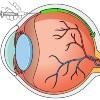
NIBIB-funded researchers have created nanoparticles for successful gene therapy of a mouse model of macular degeneration. The nanoparticle carriers have the potential to significantly expand the effectiveness of gene therapies for human eye diseases, including blindness.

NIBIB mourns the passing of molecular imaging pioneer and NIBIB Advisory Council member, Sanjiv “Sam” Gambhir, M.D., Ph.D.
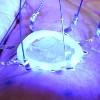
A new technique funded by NIBIB and developed by University of Minnesota researchers allows 3D printing of hydrogel-based sensors directly on the surface of organs, such as lungs—even as they expand and contract. The technology was developed to support robot-assisted medical treatments.
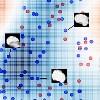
NIBIB-funded researchers at Stanford University have created an artificial neural network that analyzes lung CT scans to provide information about lung cancer severity that can guide treatment options.
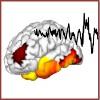
Understanding the source and network of signals as the brain functions is a central goal of brain research. Now, Carnegie Mellon engineers have created a system for high-density EEG imaging of the origin and path of normal and abnormal brain signals.
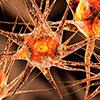
Researchers at the University of Wisconsin (UW) are adapting a minimally invasive, safer approach to electrically treat pain directly at the source as part of the NIH Helping to End Addiction Long-term (HEAL) Initiative.

To counter drug resistance, scientists must engineer new drugs to kill mutated cancer cells or pathogens. Now, Penn State engineers have developed a new approach for predicting which mutation has expanded the most in a population and should be targeted to design the most effective new drug.
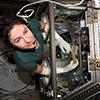
The Tissue Chips in Space initiative is an ambitious collaborative endeavor that brings NIBIB, NCATS, and the ISS U.S. National Laboratory together to rapidly advance tissue chip technology for biomedical research.
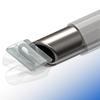
A team at ClearCam, Inc., with funding from the NIBIB and ties to the University of Texas at Austin, designed a device for wiping a laparoscope lens clean, much the same way that a wiper blade clears a fogged up window.